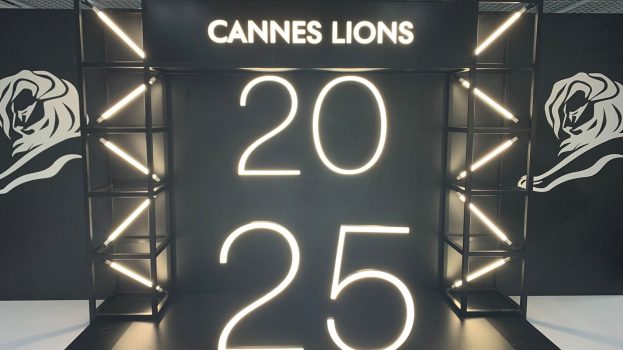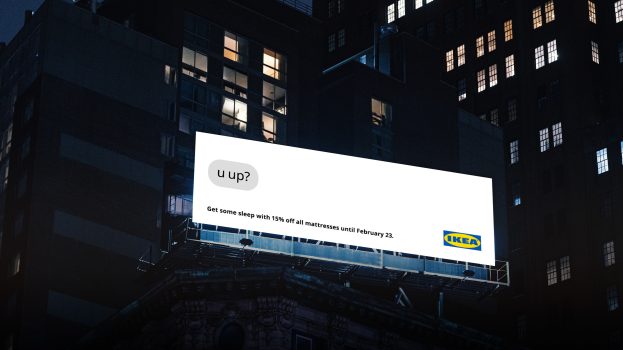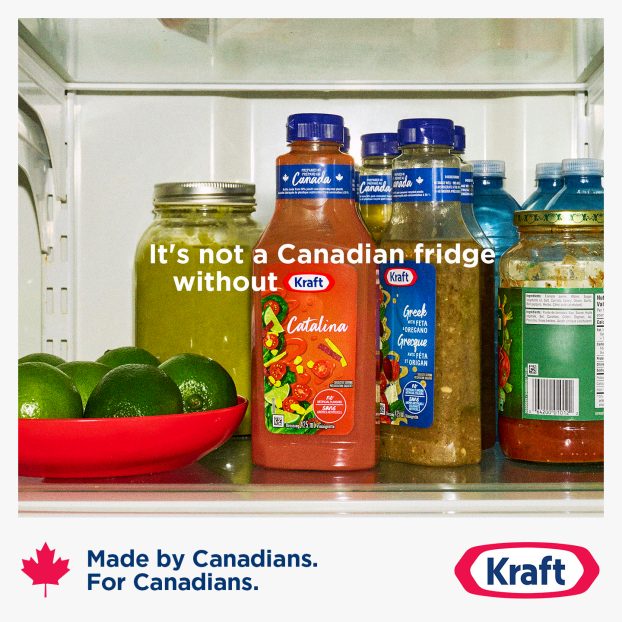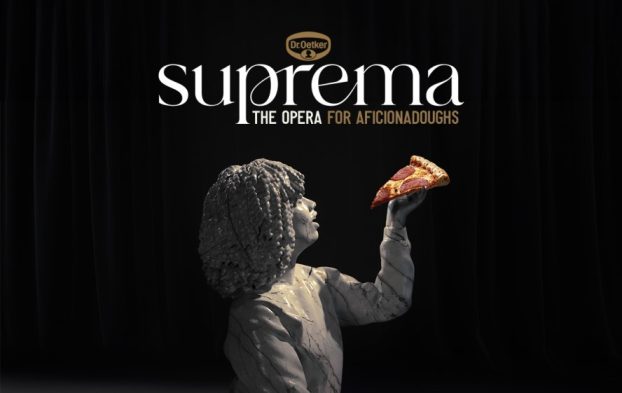A few months ago my wife and I had our first child, and like most new parents we were completely blindsided by the plethora of products we would now need. Babies are super consumers – everything from special laundry detergent, diapers and baby wipes, to baby creams and formula. With all of these new products entering our life, how would we choose the right ones to try?
For one, we didn’t know a thing about when to feed our son baby food. Just as he reached four months my wife and I started asking each other: ‘When do we start giving him food from a spoon and what do we start with?’
It was around this moment that a very well-timed direct mail piece came by courier to my door, and that was when I was reminded how effective premiums can be in driving trial. But it has to be the right kind of premium and that’s where it gets tricky.
Traditional premiums don’t drive trial. In fact, they can actually sabotage your brand. The best way to drive trial is to simply give your consumer the product.
What we received wasn’t the usual ’50 cents off’ coupon, but a cereal sample. The senders had adroitly targeted us at different stages of our baby’s life. They knew when our son was born and that he was approaching four months of age and they knew this is the time babies start looking for more than just breast milk.
In a 2003 study, IMI International asked consumers what had the greatest impact on their purchase decisions. They chose between four options: a TV commercial they enjoyed, a promotion where they could instantly win with purchase, a company that sponsored national sporting events, or a company that let you sample or interact with their product. Fifty-two percent of consumers chose the sample, followed by 24% for TV, 20% for instant win and 4% for sponsorships.
It certainly worked for us. We tried the cereal sample and our son liked it, so the next day we went out and bought more. Six months later he was still eating it. If that same product dangled a free baby spoon and bowl on the package in-store rather than sending out samples, would I have bought it? No, because at the time I didn’t even know I needed it.
None of this is to say that premiums don’t influence purchase decision. When General Mills gives away free CD-ROM games in cereal boxes, you can bet that it drives purchase. But finding the right premium is difficult and fraught with problems – just ask the beer marketers who have eaten into their own profits and brand prestige with an expensive ‘trinkets and trash’ approach. Very few items have universal appeal and are of sufficient value to drive a purchase. The challenge is finding out what you can give away for nothing that people find valuable. Incentives and premiums have to be ownable for the brand and not easily copied by competitors.
The other benefit of making the product the premium is that you can have a dialogue with the consumer and get their feedback. If a further incentive is required to drive purchase, you can then target them with a coupon. Redemption will be higher and every consumer will have already been qualified.
The good news is you might not have to go even that far. My son ended up being the best sales pitch for the baby food product we tried when he gobbled it up instead of throwing it on the floor. So you know I’m going to be all over that the next time I’m in store. I’ll search for it (ever try to say no to a baby?) and when I find it, I won’t care if there is a 50-cent off coupon on a competing brand or if there is a free trinket in the next.
Food for thought? You betcha.
David Nichols is marketing VP at Vancouver-based promotions firm Inventa. He can be reached at: david@inventaworld.com.























